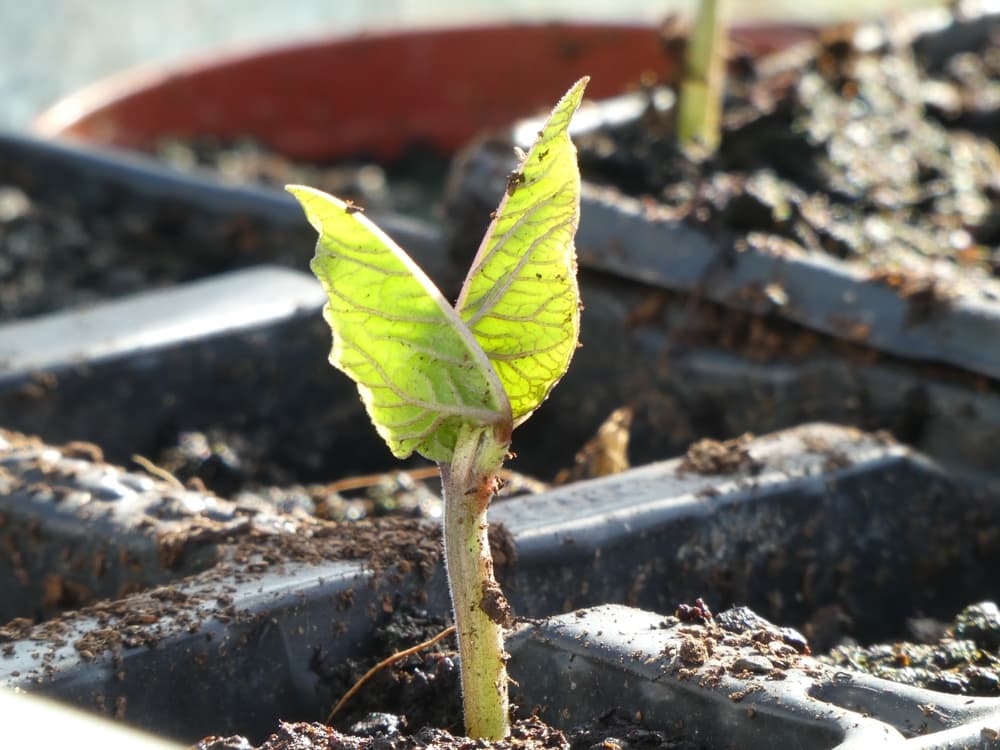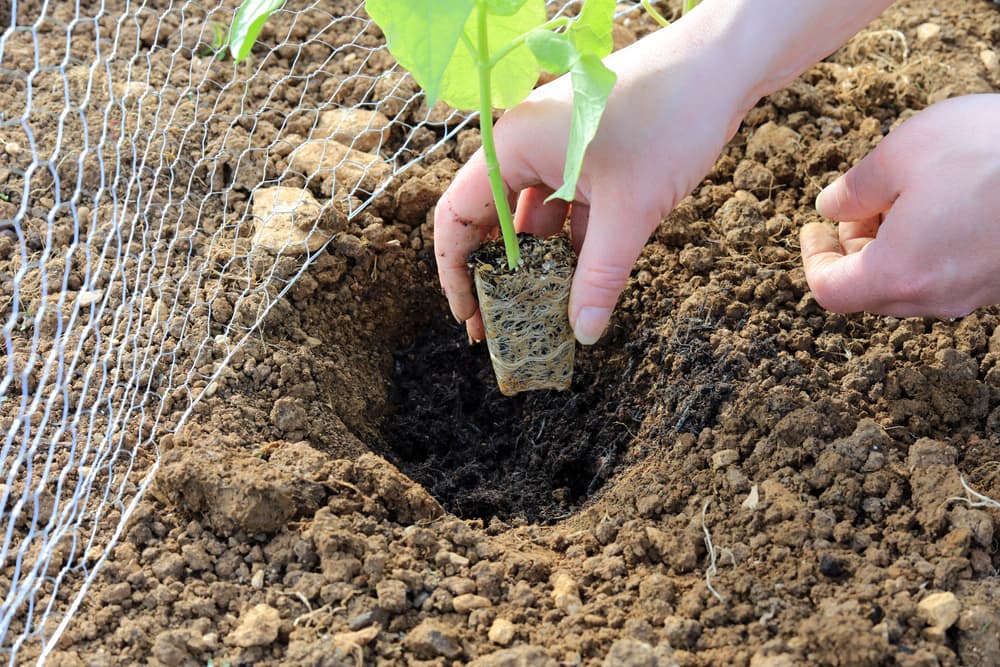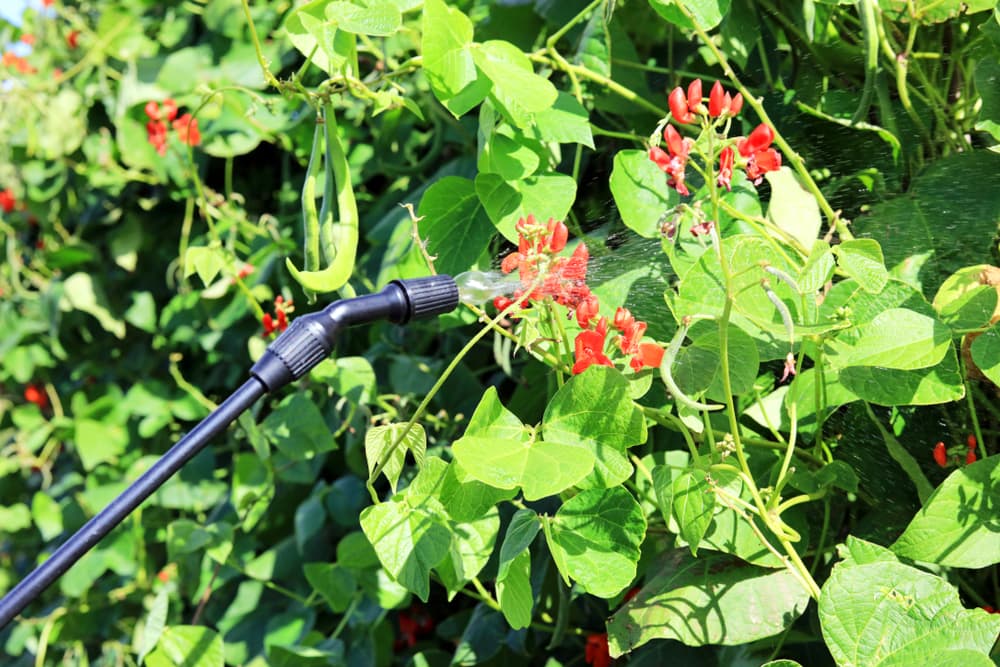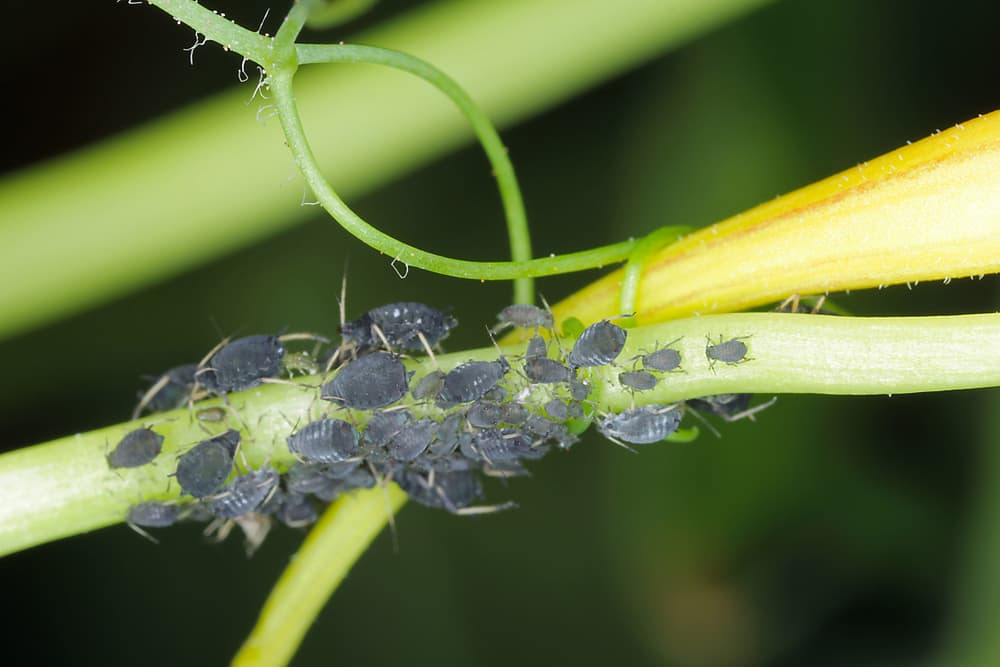Growing Runner Beans: Sowing, Planting Out, Support And Plant Care Explained

VEGETABLES > RUNNER-BEANS

Ed is a horticultural therapist, professional gardener and writer. Ed has a BSc in Occupational Therapy from Coventry University and a Diploma in Social and Therapeutic Horticulture (DipSTH) via Thive, the RHS and Pershore College. Ed runs a community kitchen garden in West Sussex, where he leads horticultural therapy sessions.
Reviewed By COLIN SKELLY

Colin is a Horticulturist and Horticultural Consultant with experience in a range of practical and managerial roles across heritage, commercial and public horticulture. He holds the Royal Horticultural Society’s Master of Horticulture award and has a particular interest in horticultural ecology and naturalistic planting for habitat and climate resilience.
RUNNER BEANS GUIDES
Runner beans have been a staple crop of gardeners and growers for decades.
They are an easy vegetable to grow, often producing hefty harvests from the middle of summer until early autumn.
They are a favourite of slugs and snails, but if protected well whilst young, will provide an ample supply of long green beans to pick and eat for weeks on end.
They can be so prolific that you may well end up with a freezer full of them to tide you over the winter months.
Overview
| Botanical Name | Phaseolus coccineus |
| Common Name(s) | Runner Beans |
| Plant Type | Vegetable |
| Native Area | Central America |
| Hardiness Rating | H2 |
| Foliage | Annual, leafy-green |
| Flowers | Scarlet, peach or white flowers prior to pods forming |
| When To Sow | April, May, June, July |
| Harvesting Months | July, August, September, October |
Sunlight
Preferred
Full Sun
Exposure
Sheltered
Size
Height
1 – 2M
Spread
0.1 – 0.5M
Bloom Time
June – August
Soil
Preferred
Most Fertile Soil
Moisture
Moist but well drained
pH
Any
Phaseolus coccineus, better known as ‘runner beans’, originates from various countries in Central America.1Phaseolus coccineus. (n.d.). Kew Royal Botanic Gardens. Retrieved March 23, 2023, from https://powo.science.kew.org/taxon/urn:lsid:ipni.org:names:513754-1
They are actually a perennial plant, but not being frost hardy are usually grown as an annual here in the UK.
Runner beans don’t crop well in high temperatures, which is why they are well-suited to our typical summers.

In typically warmer countries such as America and Germany they are grown ornamentally for their red, white and bi-coloured flowers and attract pollinators.
“Runner beans are a very attractive edible plant and I confess I like the flower as much as I like the crop,” shares Horticultural Consultant Colin Skelly.
“Their reliability in a variable British summer makes them a mainstay of the bean crop in my gardens.”
Well-known varieties commonly include ‘Benchmaster’, ‘Lady Di’ and ‘White Lady’, all having been given the RHS Award of Garden Merit (AGM).
Runner beans are delicious – they are great cooked and added to a main meal or tossed into a bowl full of pasta or curry.
How To Grow Runner Beans
Runner beans are easy to grow and being large seeds are a great vegetable to grow with children.
They can be given a head start by sowing indoors in late April or May, or directly into the ground outside in late May or early June.
They are also readily available as young plants.
Sowing Indoors
Sow one seed per small pot, filled with multi-purpose peat-free compost, 5cm deep.
Place on a sunny window sill or in a propagator, keep well-watered and germination should occur within 7-10 days.

Seedlings can be planted out once hardened off and the last risk of frost is over, typically around late May in the UK.
Sowing Outdoors
Note that by sowing outdoors at a later date, you risk not giving your plants enough of a head start, meaning you are likely to see a much-reduced crop compared with indoors sowing.
Sowing directly outdoors is still possible, however.
Once the last risk of frost is over, sow two seeds at the bottom of each cane or support at a depth of 5cm.
Water well and germination should occur within 7-10 days.

Thin to one seedling per cane for support and fiercely protect from slugs and snails.
Planting Out
You should plant out your runner beans after the risk of last frost has passed (usually in May).
Runner beans like to grow in full sun, but can do well in part shade as well.
They are hungry plants and will be happiest if lots of well-rotted manure or homemade compost is added to the soil for them to get their roots into.

Runner beans can easily grow to 2.5m high so lots of vertical space and support for them to grow upwards are needed.
Supports
Making supports for the beans to grow upon is half the fun of growing them.
Most commonly used are bamboo canes formed into a tall A-frame or wigwam with canes spaced 20-30cm apart.
These canes need to be securely pushed into the ground and tied together with string or cable ties, as the weight of the mature plants can be considerable and act like a sail in high winds.

Coppiced poles can be used for a more sustainable approach; the most widely used wood used for bean poles is hazel.
These hazel rods are more expensive than bamboo canes but are decisively stronger, considered more attractive and should last for several years.
Runner Beans Plant Care
Runner beans are a climbing plant but will need tying-in to their supports whilst young.
Once they have reached the top of their support their growing tip can be pinched out to encourage a bushier habit.
Runner beans are not only hungry, but thirsty plants and especially need water when in flower to encourage the pods to set.

Mulching around the bottom of the plants is recommended as this will help lock in and conserve moisture.
The plants need copious amounts of water, in hot dry weather you can tell they need water by the wilting foliage, but aim for a good drenching at least twice a week.
Being hungry plants, runner beans will benefit from a liquid feed applied to the roots every two weeks.
Tomato feed can be used at half the usual concentration rate.

Once the beans finish cropping, remove the supports and cut the plants down to 5cm high leaving the roots in the soil.
By doing this the roots will rot down feeding the soil with nitrogen for the next crop such as brassicas.
Common Problems
Weeds
Weeds can cause havoc with runner bean plants.
Not only do they compete for the much-needed nutrients, moisture and space in the soil, but they can even restrict the growth of young plants.
By removing the weeds little and often they will not be allowed to take over and the result will be healthier bean plants and a bigger harvest.
Slugs & Snails
Runner bean plants, especially when young, are a gourmet delight to slugs and snails.
It can be so disheartening to find your seedling decimated overnight, so prevention is key.
Sowing in pots means you can plant out larger more established plants when ready which will be less susceptible to damage.

If sowing direct, surround the seeded areas with a barrier such as wool pellets, copper tape or eggshells and be vigilant.
You’ll be amazed at how many slugs and snails you can remove by hand early in the morning or late at night.
Aphids
Black bean aphids, or ‘black fly’ as they are more commonly known, are probably the most common pest of the runner bean here in the UK.
Tiny as they are, they can severely weaken plants and attract ants that feed off the honeydew left behind.
The blackfly tend to go for soft young shoots, but will often congregate on the underside of leaves as well.
Non-pesticide control includes squashing by hand, spraying gently with water and encouraging ladybirds and hoverflies which will devour them.

Pesticide controls can include spraying with fatty acids, plant oils and (as a last resort) insecticides.
It should be noted though that pesticides should never be applied when the plants are in flower to avoid any danger to bees and other pollinators.
References
- 1Phaseolus coccineus. (n.d.). Kew Royal Botanic Gardens. Retrieved March 23, 2023, from https://powo.science.kew.org/taxon/urn:lsid:ipni.org:names:513754-1
